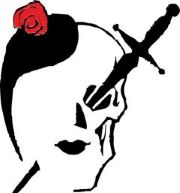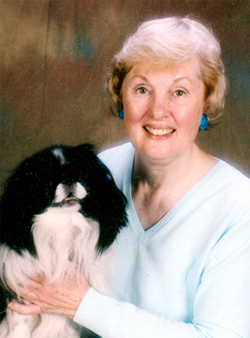by J.L. Greger
Scientists are required to submit a full disclosure of their biases when they submit a manuscript for review. Their disclosures are brief because editors charge researchers (or at least the agencies supporting the research) page charges.
Here’s mine: My novel Coming Flu (published in July 2012 by Oak Tree Press) is a medical thriller; it is also an example of a new sub-genre: science in fiction. The lead character in Coming Flu, Sara Almquist is a woman scientist like me. See my website http://www.jlgreger.com for more information.
Besides brief disclosures (I’m afraid the tag lines for many writers exceed three lines), what can writers learn from scientists? Maybe some ideas for great characters in their books.
Frankenstein, The Strange Case of Dr. Jekyll and Mr. Hyde, and Dr. Strangelove created an image of scientists – as aging, un-athletic, males with anti-social tendencies. Comic strips changed the image of scientists to be handsome, male superheroes with big egos (like Batman, Iron Man, and the Avengers). Now TV shows (like CSI, Bones, and NCIS), feature a number of attractive, young women as scientists.
Have the faces of scientists really changed that much?
In 1958 and 2006, women earned 8% and 40%, respectively, of the doctoral degrees awarded in science and engineering in the US. However, women in 2003 still held only 17.9% of the full professorships in science and engineering. Current TV shows suggest total equity of women in science.
Why do I as an author care?
Scientific discoveries offer great ideas for novels, plays, and short stories. Tidbits of science can add a sense of reality to a novel. Many strong-willed heroines can be found among the women scientists of the twentieth century. Her are the profiles of two famous women scientists and two more typical of women professors prior to 1980.
1. Marie Curie won two Nobel Prizes (physics in 1903 and chemistry in 1911) and was the first woman to become a professor at the Sorbonne. Yet the French press persecuted her because of an affair with Paul Langevin, a prominent scientist in his own right. Never mind, she was a widow at the time of the affair.
2. Rosalind Franklin helped to define the fine molecular structures of DNA with her meticulous X-ray crystallography (a way of picturing the location of atoms in molecules). If she had not died at thirty-seven years of age in 1958, many wonder if she, rather than Maurice Wilkins, would have been awarded the Nobel Prize for Physiology and Medicine with Watson and Crick in 1962.
3. Elizabeth McCoy was a microbiologist. In 1946 the New York Times ran this headline “Wisconsin University Girl Wins Patent on an Industrial Solvent.” At that time, the “girl” was 43 years old and was only the second woman (outside those in nursing or home economics) to achieve a full professorship at the University of Wisconsin-Madison. No one reported her response, but she was known for her salty vocabulary.
4. Hellen Linkswiler, a nutrition professor at the University of Wisconsin-Madison, was more ladylike than McCoy, even though her background was probably rougher. As a child, she ate moldy bread because there was no other food in Oklahoma during the dust bowl years. In 1960, a banker refused her a mortgage for a home, even though she was full professor, unless a man cosigned the loan.
With a little digging into the history of science, you can uncover many other interesting characters and weird plot twists for your novels. Have fun digging!

